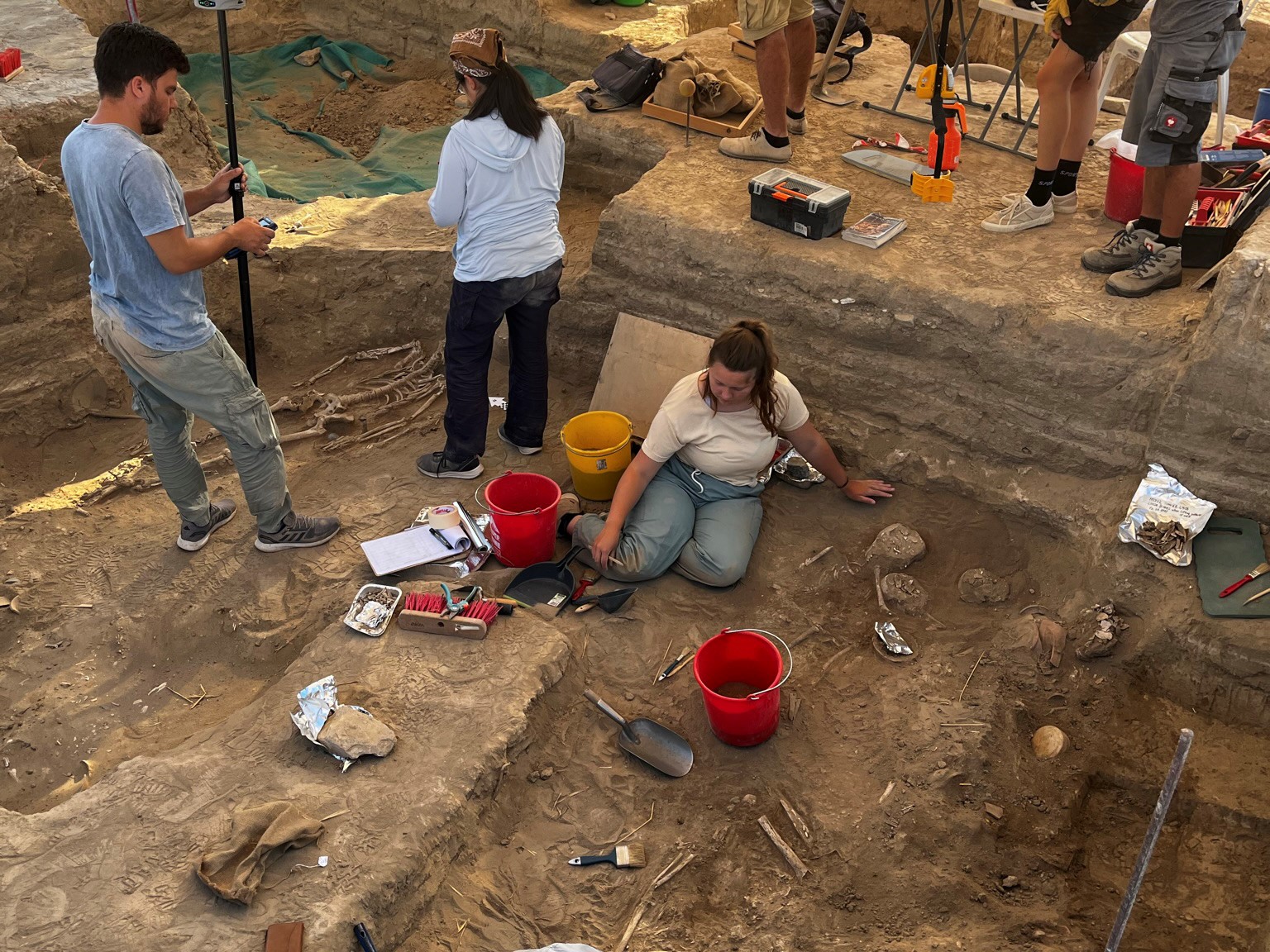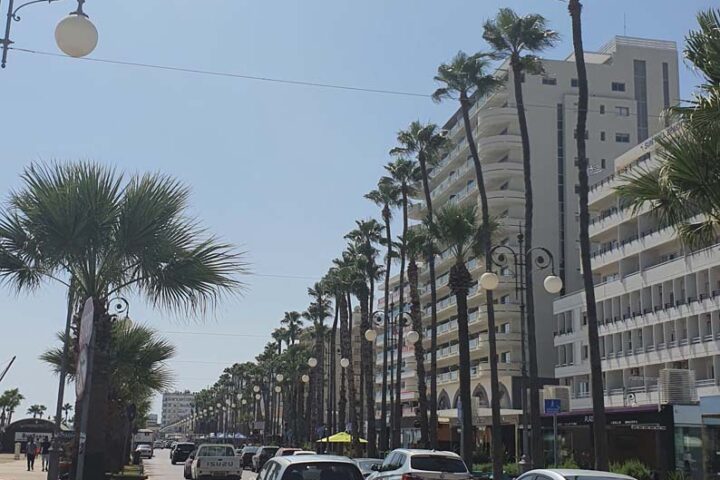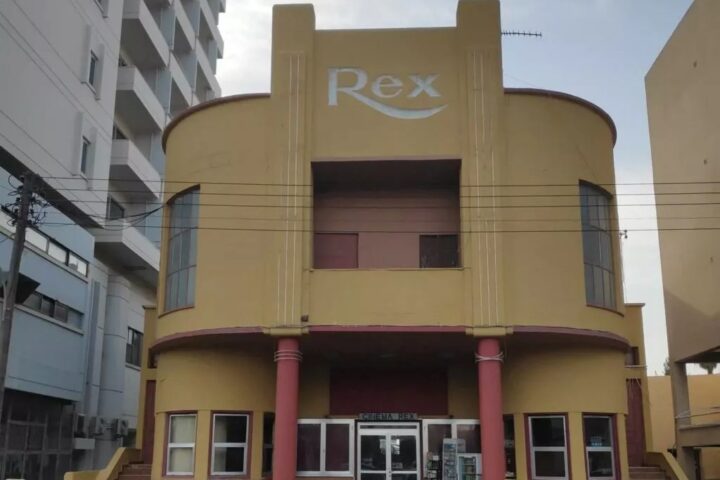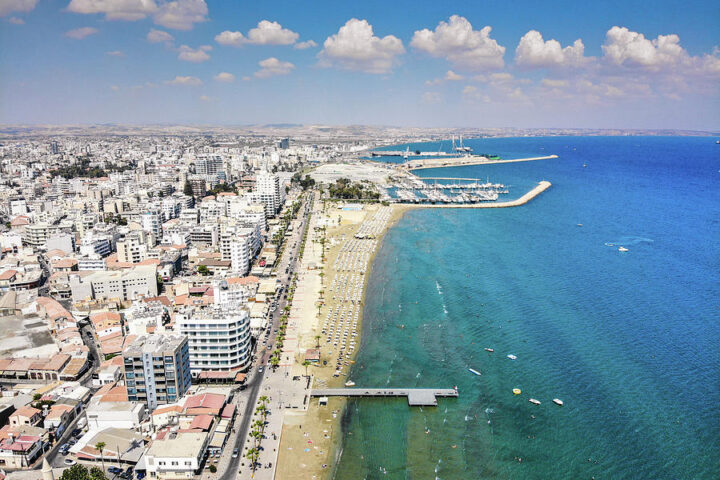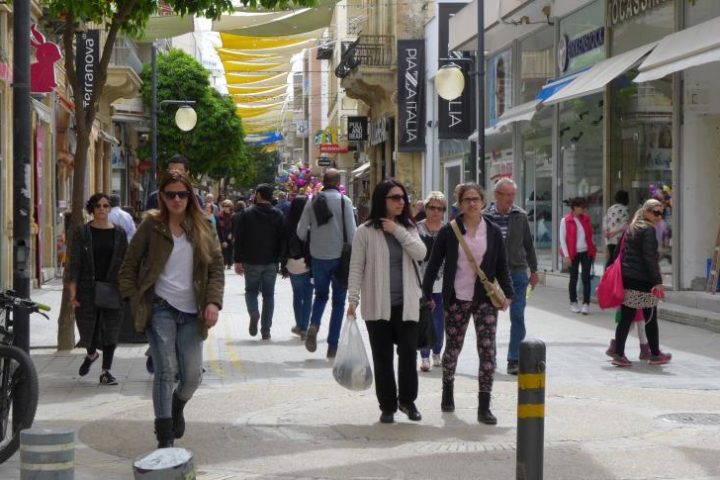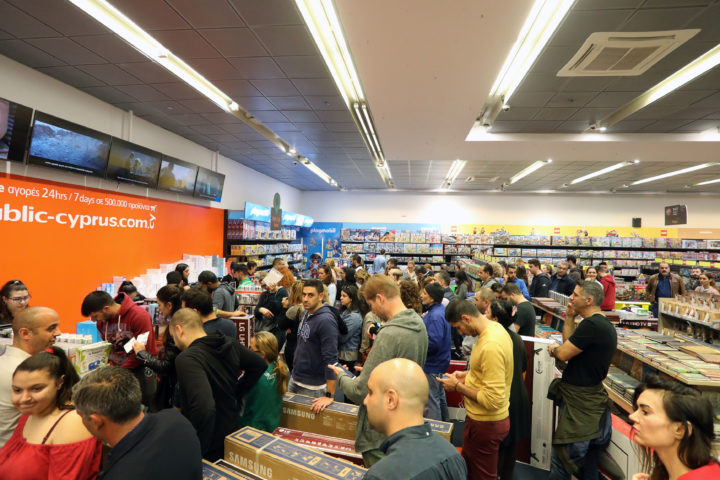A Swedish-led excavation on the Mediterranean island has unearthed a wealth of artefacts that suggest an ancient port city on the southern coast of Larnaca was the region’s key Bronze Age trading post.
“The city’s wealth seems to have been based on the production of copper and trade with near and distant cultures,” said Giorgos Georgiou, acting director of Cyprus’ Antiquities Department.
“Judging by the rich burial gifts, the tombs belonged to families of the city’s ruling class, which must have been involved in the export of copper and intercultural trade,” he added in a written response to AFP.
He said the excavation site at Dromolaxia-Vyzakia is a Late Bronze Age harbour settlement, estimated by some authorities to be at least 25 hectares in size.
The settlement, which flourished from 1600 to 1100 BC, lies along the shores of the Larnaca Salt Lake at Hala Sultan Tekke.
Last month the University of Gothenburg said it recently discovered tombs outside the Bronze Age trading metropolis Hala Sultan Tekke.
It said they rank among the richest ever found in the Mediterranean region, and the precious tomb artefacts indicate their occupants ruled the city, which was a centre for the copper trade in 1500–1300 BCE.
“Considering the richness of the grave goods, it is a reasonable assumption that these were royal tombs, even though we do not know much about the form of government practised in the city at the time.
“Undoubtedly, those buried here were part of the city’s government,” said Peter Fischer, professor of archaeology and leader of the expedition.
The tombs outside the Bronze Age city consist of underground chambers accessed via a narrow passage from the surface. The chambers varied in size, measuring up to 4 x 5 metres.
The Swedish expedition, excavating in Hala Sultan Tekke since 2010, has previously found chamber tombs with valuable grave goods.
It said the “sheer quantity of artefacts and their superb quality” distinguishes the newly discovered chamber tombs from those previously excavated.
“We found more than 500 complete artefacts distributed among two tombs.
“Many of the artefacts consist of precious metals, gems, ivory and high-quality ceramics,” said Fischer on the university’s website.
He said about half of the artefacts were imported from neighbouring cultures.
Gold and ivory came from Egypt.
Precious stones, such as blue lapis lazuli, dark red carnelian and blue-green turquoise, were imported from Afghanistan, India, and Sinai, respectively.
The tombs also contain amber objects from the Baltic region.
The tombs were discovered using magnetometers, an instrument that can produce images showing objects and structures up to two metres beneath the surface.
Georgiou said three chamber tombs, preliminarily dated to the 14th century BC, were exposed during the most recent excavation season.
“One had been looted, most likely in the 19th century AD.
“Two nearby tombs were found undisturbed, apart from the collapse of their chambers in antiquity.
“The tombs contained an array of grave goods, including locally produced pottery and ornaments, as well as numerous items of jewellery and other imported objects from the Aegean, Anatolia, Egypt, the Levant and cultures further east and north.”
He said other metal objects included jewellery of precious metals, diadems, daggers, knives, spearheads, and a mirror of bronze.
Water drainage system
A complex water drainage system was brought to light by the archaeologists at the site of Dromolaxia-Vyzakia.
The discovery offers important insights into the organisation of Late Bronze Age urban centres in Cyprus.
The Department of Antiquities, in a statement, said excavations were carried out in March and April by international researchers under the direction of Prof. Karin Nys of Vrije Universiteit Brussel with Dr Matthias Recke of Goethe-Universität Frankfurt.
“Previous investigations carried out in the port city of the Late Bronze Age provided information on the city’s international character but also on the industrial activities carried out by the settlement’s inhabitants,” the statement said.
It is added that excavation work in 2023 revealed a complex water drainage system, which connected the city’s residences with a central conduit.
Complex maintenance mechanisms of the network were revealed, and the subsequent interventions to ensure its operation.
“The sophisticated nature of the maintenance system of the settlement’s drainage network is an important addition to our knowledge of the organisation of Late Bronze Age urban centres in Cyprus.”

